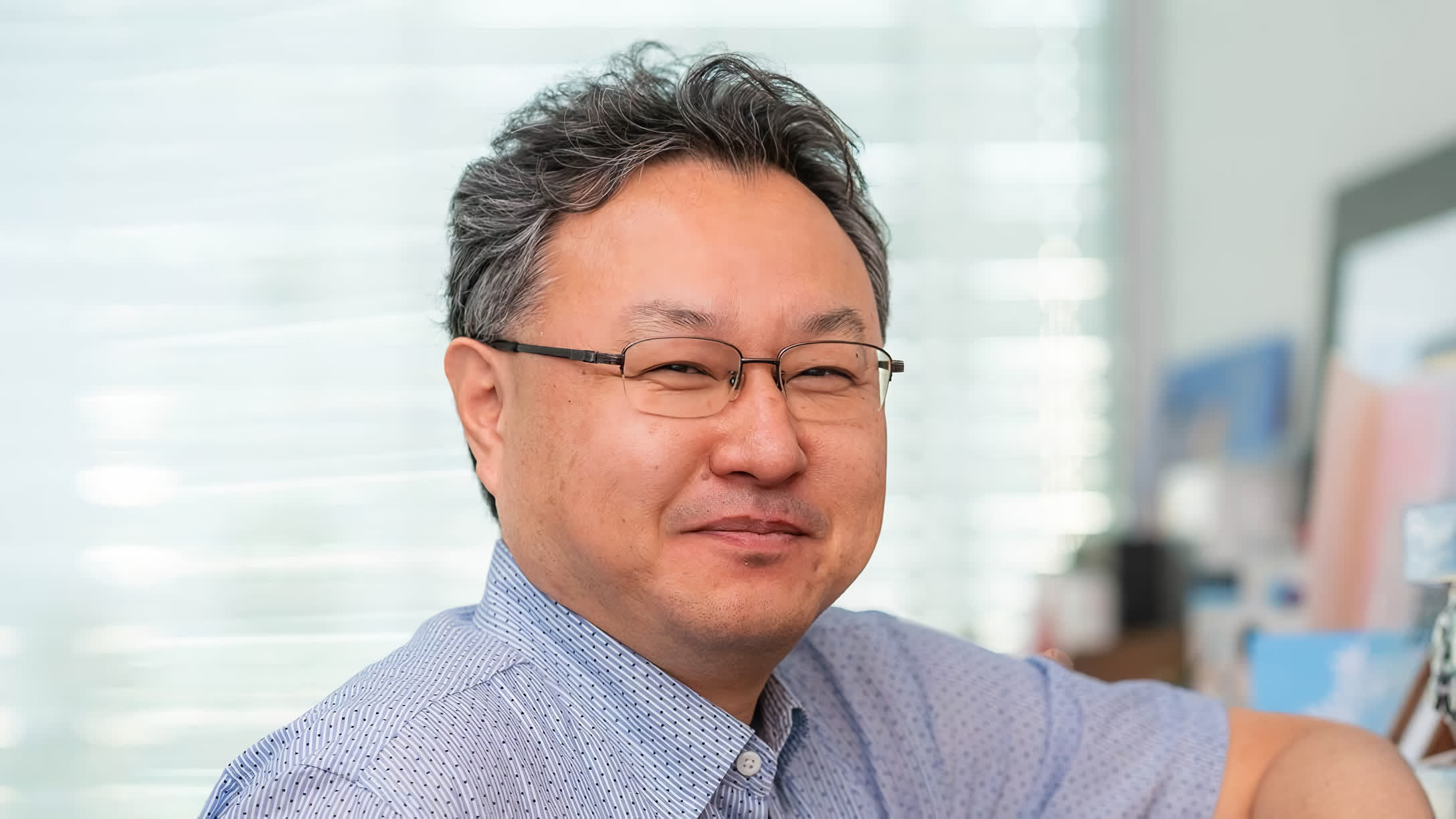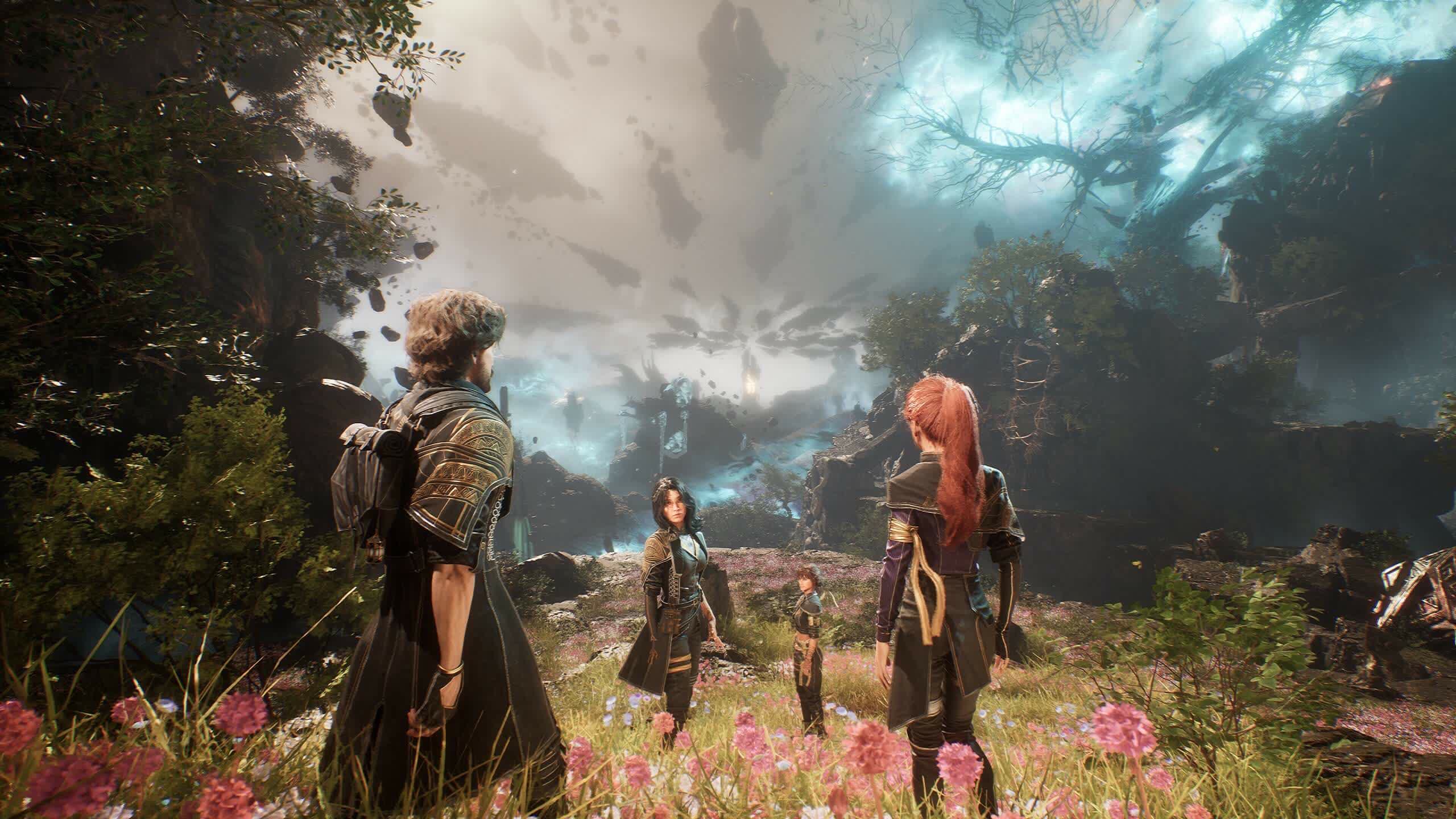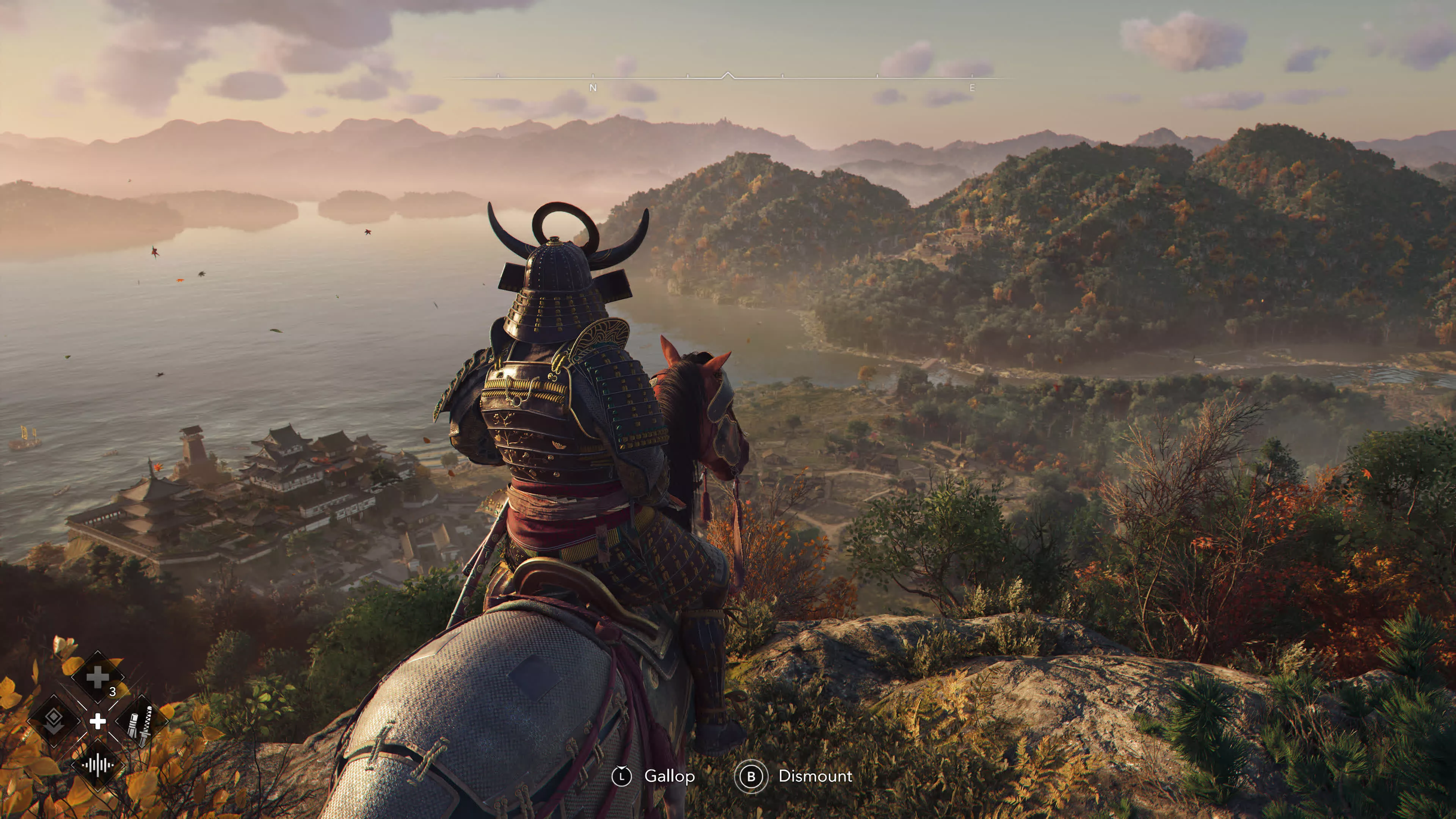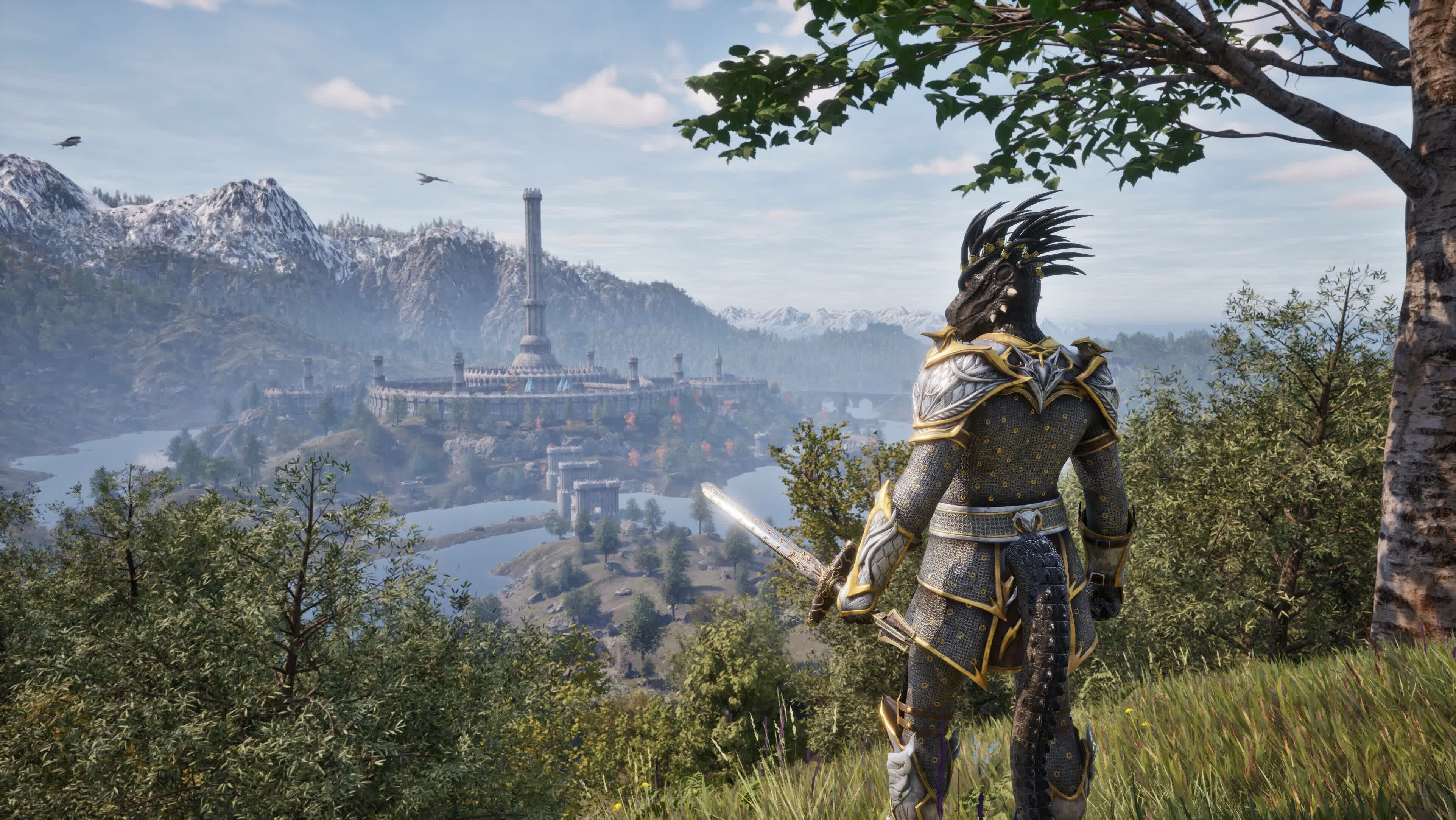Editor's take: Game prices are climbing to $70 and beyond, with publishers blaming inflation and rising development costs. However, players are pushing back against the price hikes because current big-budget games consistently fail to deliver comparable value. Current prices are a symptom of a much bigger problem.

Many players have opted out of day-one releases as big-name publishers rapidly raise game prices. Nintendo's upcoming Switch 2 titles will cost as much as $80, Microsoft is following suit with select first-party games, and reports suggest GTA 6 could push past the $100 mark. The industry uses inflation and ballooning development costs as the scapegoat, but those excuses fall flat. The bottom line is that the value of the average AAA game isn't keeping pace with asking prices. An $80 price point would be a much easier pill to swallow if the game is actually good, but far too many new releases are unworthy of half that price.
Former PlayStation executive Shuhei Yoshida recently addressed the issue in an interview with PlayStation Inside, calling the situation "an impossible equation." He cited inflation and rising development costs as central pressures, stating that players want increasingly ambitious games but expect prices to stay flat.
"I think it was going to happen sooner or later, maybe not from Nintendo, but it was going to happen eventually," he said of the price increases.

Clair Obscur: Expedition 33 proves that a small team can produce a gorgeous and, more importantly, fun blockbuster game.
However, are players truly demanding "ever more ambitious" titles, or has the industry, led by corporate publishers, become out of touch with what players really want?
While his tone was measured, the timing and framing of his remarks read like a PR damage-control statement addressing a broader industry trend – a message that rising prices are inevitable and necessary. His comments echo statements from Nintendo and Microsoft, which have each justified recent price hikes by pointing to market pressures. In context, Yoshida's remarks add industry credibility to a line of reasoning that has faced resistance from consumers, many of whom feel that value – not cost – is the missing piece in the equation.
Nintendo announced Mario Kart World as an $80 launch title for the Switch 2, which triggered immediate criticism fueled by sticker shock and skepticism about the hardware's capabilities. While Nintendo called this "variable pricing," critics viewed it as a test balloon – one that floated into hostile air. Furthermore, the idea of charging a PlayStation 5 price point for a system expected to be less powerful struck many as opportunistic, not justified.

While Assassin's Creed Shadows is undoubtedly beautiful and well-received, its budget is magnitudes higher than equally fun and stunning games from smaller developers.
What further complicates the argument is the contrast between large-scale productions and smaller, more focused games. Yoshida pointed to Clair Obscur: Expedition 33, a visually ambitious title developed by a 30-person team at Sandfall Interactive, as a model for sustainable, high-quality game development – and he's right. The game is excellent and sold a million copies within three days. In contrast, large-scale projects like Assassin's Creed Shadows involve hundreds of developers across multiple studios and cost exponentially more to produce – often without delivering proportionally better results.
This imbalance is fueling skepticism. Remakes, remasters, and live service models – designed to stabilize revenue – have become dominant. However, many players feel that formulaic, brand-first strategies have replaced the creative risk-taking that once defined the industry. Yoshida acknowledged that such games help "finance new games." However, their prevalence raises concerns about how many truly innovative ideas are making it through the pipeline and how much is simply cookie-cutter garbage.
The broader concern is whether the industry is prioritizing shareholders over players. Price increases, microtransactions, and expensive marketing campaigns have become the standard playbook, but they create long-term fatigue. As costs rise while originality and quality stagnate – or in some cases plummet – players eventually stop buying. Current engagement metrics reflect this shift, with many players focusing on their backlogs, replaying older titles, or waiting for sales instead of paying full price for day-one blockbusters.

Oblivion Remastered is a prime example of what a small team on a shoestring budget can do to reignite excitement for a beloved classic.
While inflation and growing development costs are not imaginary, they are also not good excuses for poor game development. There are other solutions to bring down costs, as was recently shown with Clair Obscur and the Oblivion remaster. Oblivion has surpassed four million units and is the third best-selling game by revenue in 2025 so far.
Yoshida is optimistic that generative AI tools, like Microsoft's Muse, could further reduce development costs, especially for smaller studios.
"AI will become a very important tool in the future if developers learn to use its good features," he said. "We're already seeing this today."
However, new tools won't solve the core issue if large publishers continue to treat production bloat and brand familiarity as substitutes for value. The industry should reconsider the cost/value ratio for continued sustainability. If publishers keep churning out unimaginative junk at premium prices, we'll be looking at an industry crash bigger than the one in 1983.
Former PlayStation boss says gaming price hikes are inevitable, but lack of value is the real issue